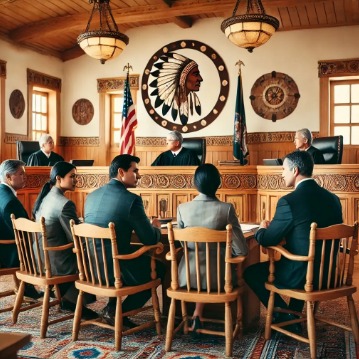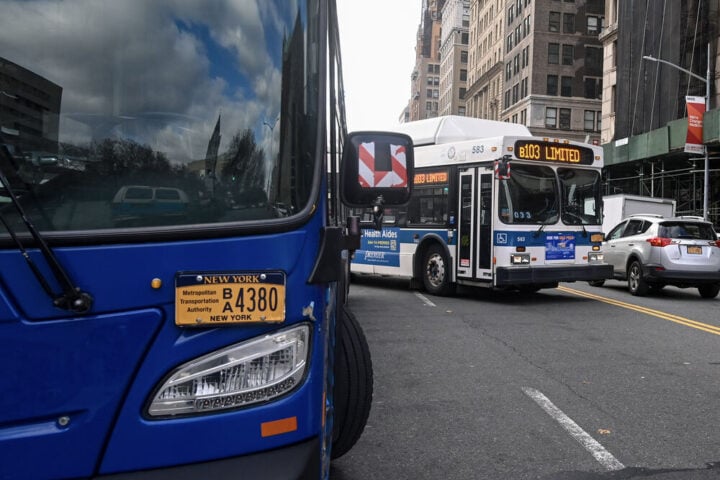Americans will move their clocks forward on March 9, 2025, marking the start of another season of Daylight Saving Time (DST). The annual ritual of “spring forward” begins at 2 a.m., giving evenings more daylight but costing millions their precious morning sleep.
The timing wasn’t randomly chosen. As author Michael Downing explains in “Spring Forward: The Annual Madness of Daylight Saving Time,” the 2 a.m. switch minimized disruption to train schedules when DST was established, as no trains left New York City stations at that hour.
This year’s change comes amid renewed national debate. Senator Martin Heinrich reintroduced the Sunshine Protection Act in January 2025, aiming to make DST permanent. The move follows a similar 2022 Senate bill that passed unanimously but stalled in the House.
Former President Donald Trump entered the conversation in December 2024, declaring on Truth Social that “The Republican Party will use its best efforts to eliminate Daylight Saving Time.” Trump called the practice “inconvenient and very costly to our Nation.”
The debate reflects broader changes worldwide. Today, 70 countries observe DST. While over 140 countries have tried DST historically, about half have abandoned the practice. In the U.S., Hawaii and most of Arizona (except the Navajo Nation) don’t observe the time change, along with the territories of American Samoa, Guam, Northern Mariana Islands, Puerto Rico, and the Virgin Islands.
Similar Posts
Health experts raise serious concerns about DST’s impact. The American Academy of Sleep Medicine advocates for permanent standard time, citing research linking time changes to increased heart attacks, strokes, and traffic accidents. The disruption to sleep patterns affects workplace safety and mental well-being.
In California, the spring change means San Diego residents will see sunrise just after 7 a.m. and sunset around 7 p.m. throughout March. Further north in Redding, sunrise will occur at 7:30 a.m. with sunset at 7:10 p.m. on March 9.
The practice began during World War I as an energy-saving measure. Germany first adopted it in 1916, with the U.S. following in 1918. Despite its wartime origins, farmers strongly opposed DST, contrary to popular belief. The Old Farmer’s Almanac notes that farmers were among the most vocal critics, viewing it as a policy favoring urban office workers over rural communities.
State legislatures aren’t waiting for federal action. More than half the states have introduced bills addressing DST. Some seek permanent standard time, others want year-round DST, while states like Texas propose letting voters choose. However, federal law currently only allows states to opt out of DST entirely, not to make it permanent.
DST will end on November 22, 2025, when clocks “fall back” an hour. Whether this cycle continues depends on evolving federal legislation and state-level initiatives, as momentum builds for changing a century-old practice that affects nearly every American’s daily life.
The complex interplay between federal restrictions, state preferences, and public health research suggests that while change may be coming to America’s time-keeping system, the path forward remains as divided as the hours on our clocks.

















